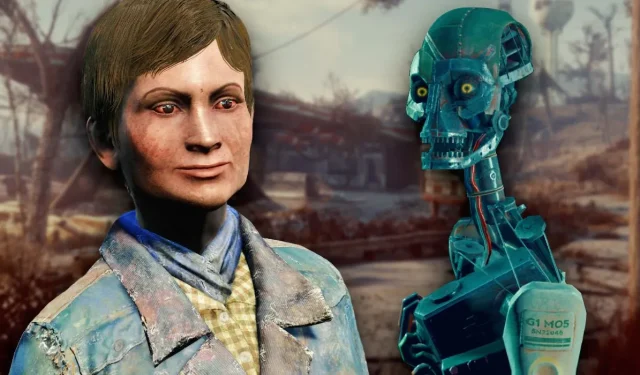Fallout 4 showcases the Institute as a mysterious scientific organization vying for dominance over the Commonwealth. Their extensive surveillance tactics include deploying synthetic beings, or synths, which they can disguise as ordinary humans or use as replacements for key individuals. Yet, the Institute also strategically engages Wastelanders to fulfill its objectives.
The most notorious human associate of the Institute is Kellogg, the man responsible for the tragic events that befall the Sole Survivor—killing their spouse and abducting their child right at the game’s onset. However, Kellogg is not the sole agent; unveiling the Institute’s records brings to light a variety of additional informants. Recognizing these individuals can profoundly alter your understanding of the Commonwealth’s dynamics.
Unexpected Revelations from the Institute’s SRB
Investigating the Synth Retention Bureau’s Records
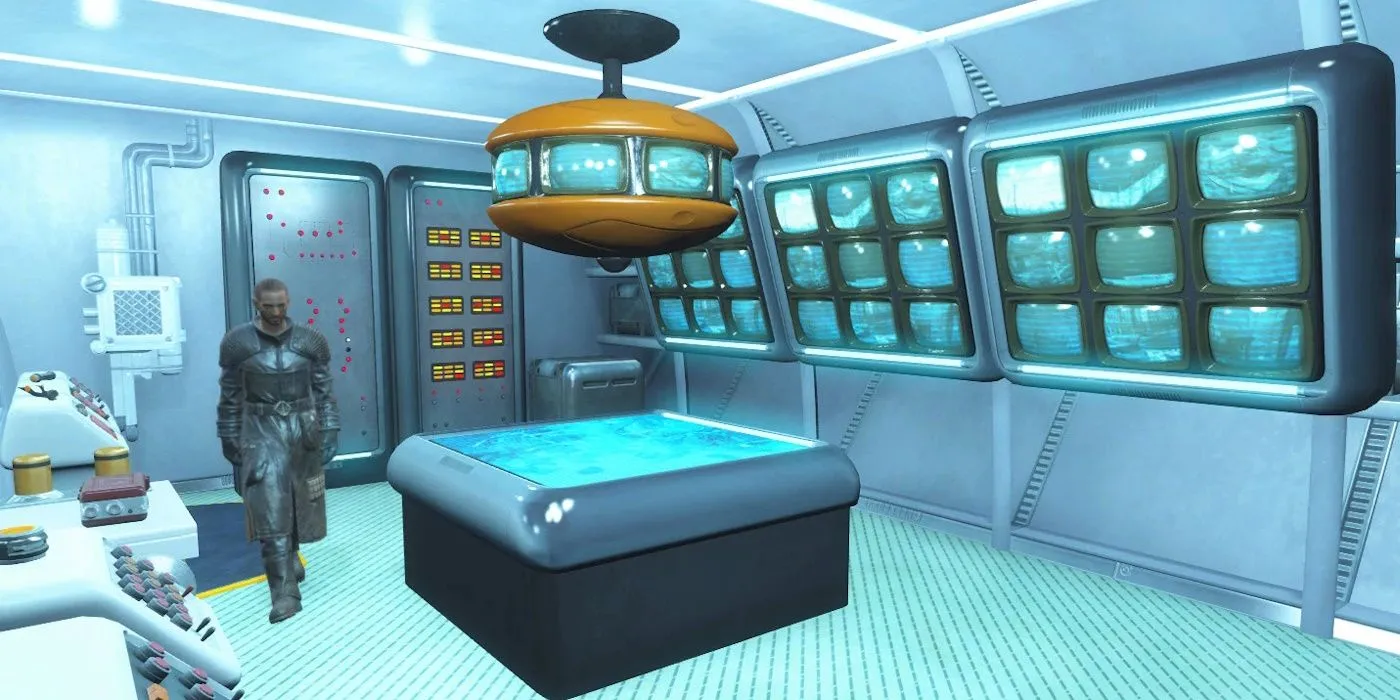
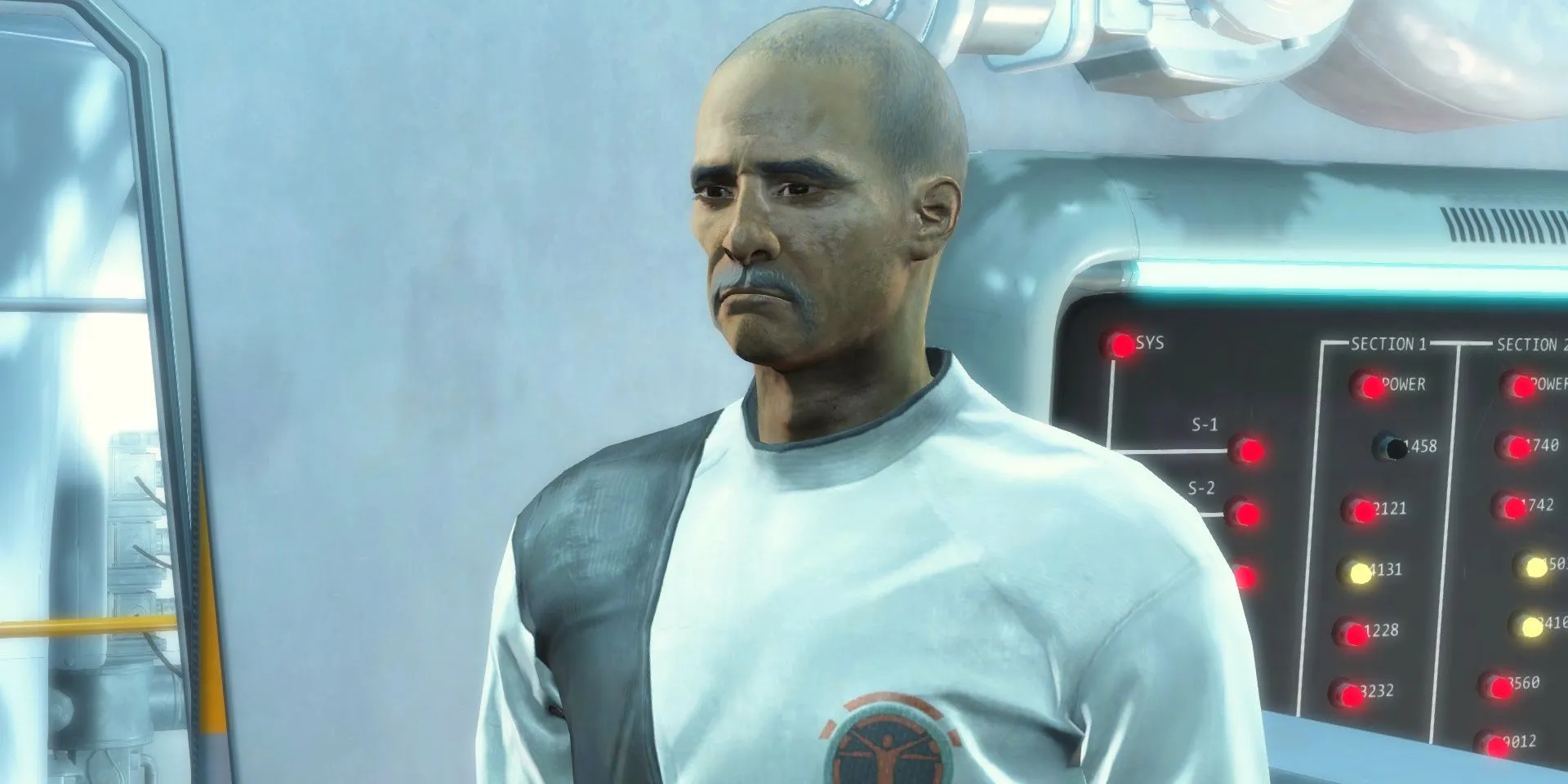
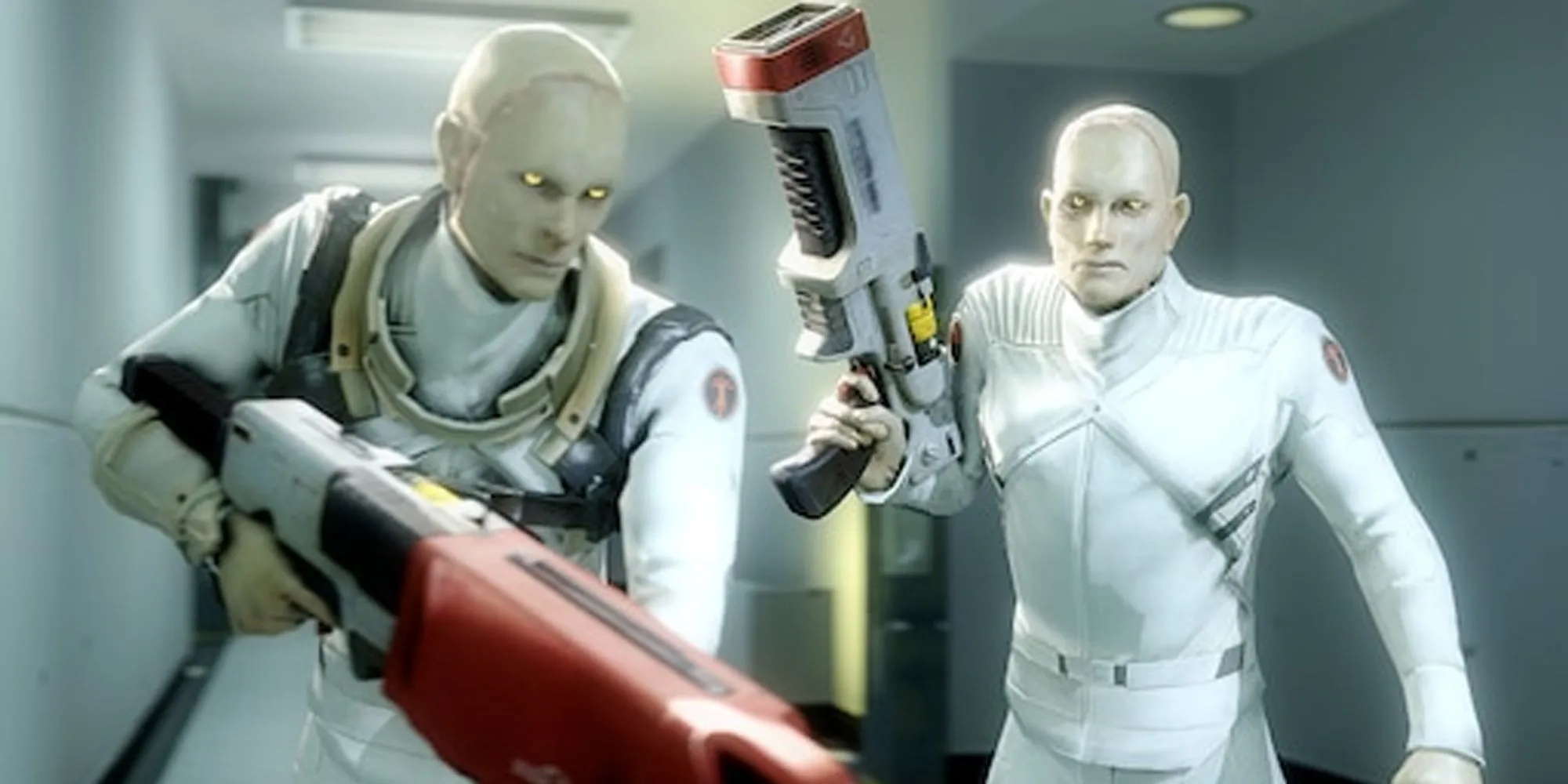
Information detailing these informants can be accessed via a terminal located in the SRB section of the Institute. This terminal holds crucial data on Coursers (Institute’s elite synths), escapee synths, and the Institute’s surface-level allies. Moreover, a list of spies employed by the Institute has been uncovered, highlighting individuals who are exchanging critical information for caps and supplies. Notably, the majority of these informants belong to the game’s roaming traders—NPCs adept at navigating various settlements to sell their goods.
The documented informants include: Cricket (weapons dealer), Tommy Lonegan (Combat Zone owner), Trashcan Carla (general trader), Doc Weathers (medical practitioner), A.J. (chem supplier from Goodneighbor), Marowski (chemist), Lucas Miller (armor merchant), and Henry Cook (bartender).
While players cannot exploit this information beyond mere acknowledgment, these choices for informants make logical sense for the Institute. These individuals are frequently mobile, connect with various people, possess considerable self-protection, and have access to significant settlements that Coursers cannot infiltrate without resorting to force.
Despite the apparent risk of employing such a diverse group—some of whom may be untrustworthy—the absolute ignorance of their informant roles by the general population demonstrates the efficacy of this strategy. These traders carry no incriminating evidence, often react defensively to Institute presence, and some even operate beneath the watchful eye of Mr. Stockton, a known ally of the Railroad in Fallout 4.
Unveiling the Reality of Fallout 4’s Traveling Traders
Motivations Behind Their Collaboration with the Institute
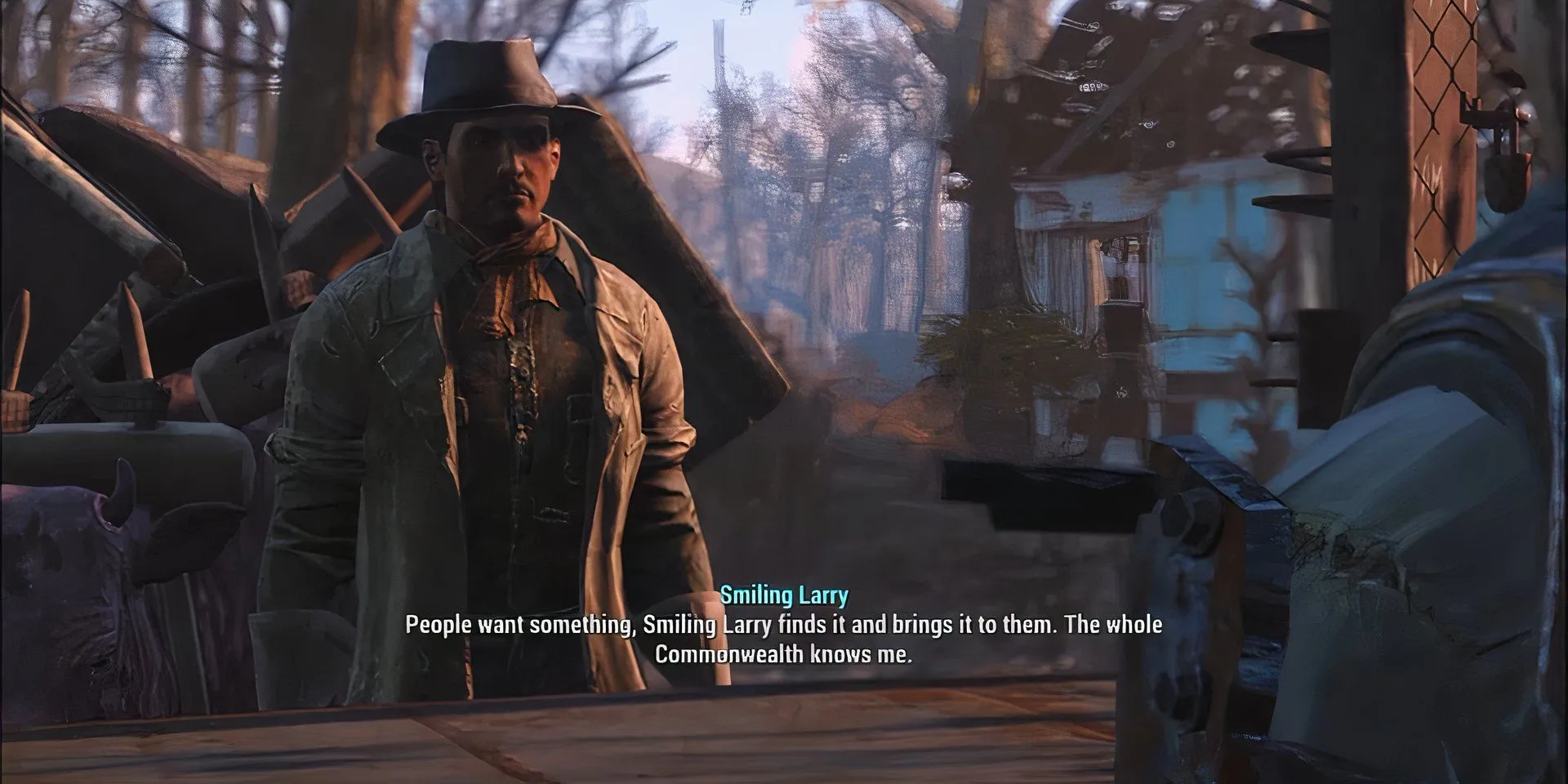
The rationale behind why these traders would collaborate with the Institute is multifaceted. According to the terminal data, these informants receive compensation for insights regarding rogue synths and sympathizers. However, it’s plausible that a handful of caps would insufficiently incentivize cooperation with such a feared faction. Given the Institute’s vast resources, they can undoubtedly meet financial demands, but deeper motivations likely play a role.
The Commonwealth communities harbor a tangible fear of synths, a sentiment that the Institute capitalizes on. By exploiting this anxiety they foster, the Institute can persuade informants that assisting in capturing runaway synths ultimately enhances their safety. This confluence of fear and financial gain could seduce even cautious traders into an alliance with a feared adversary.
Insights from Fallout 4’s Covert Informants
Thematic Implications of These Agents within Fallout’s Narrative
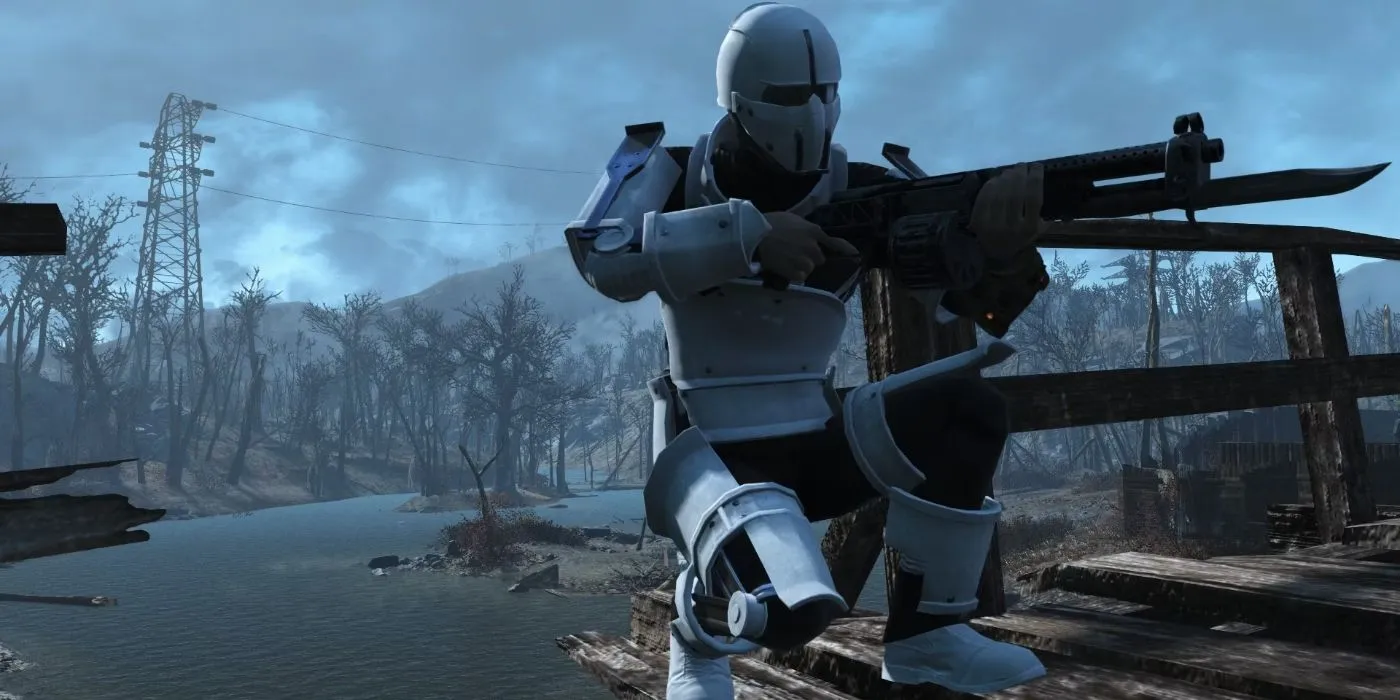

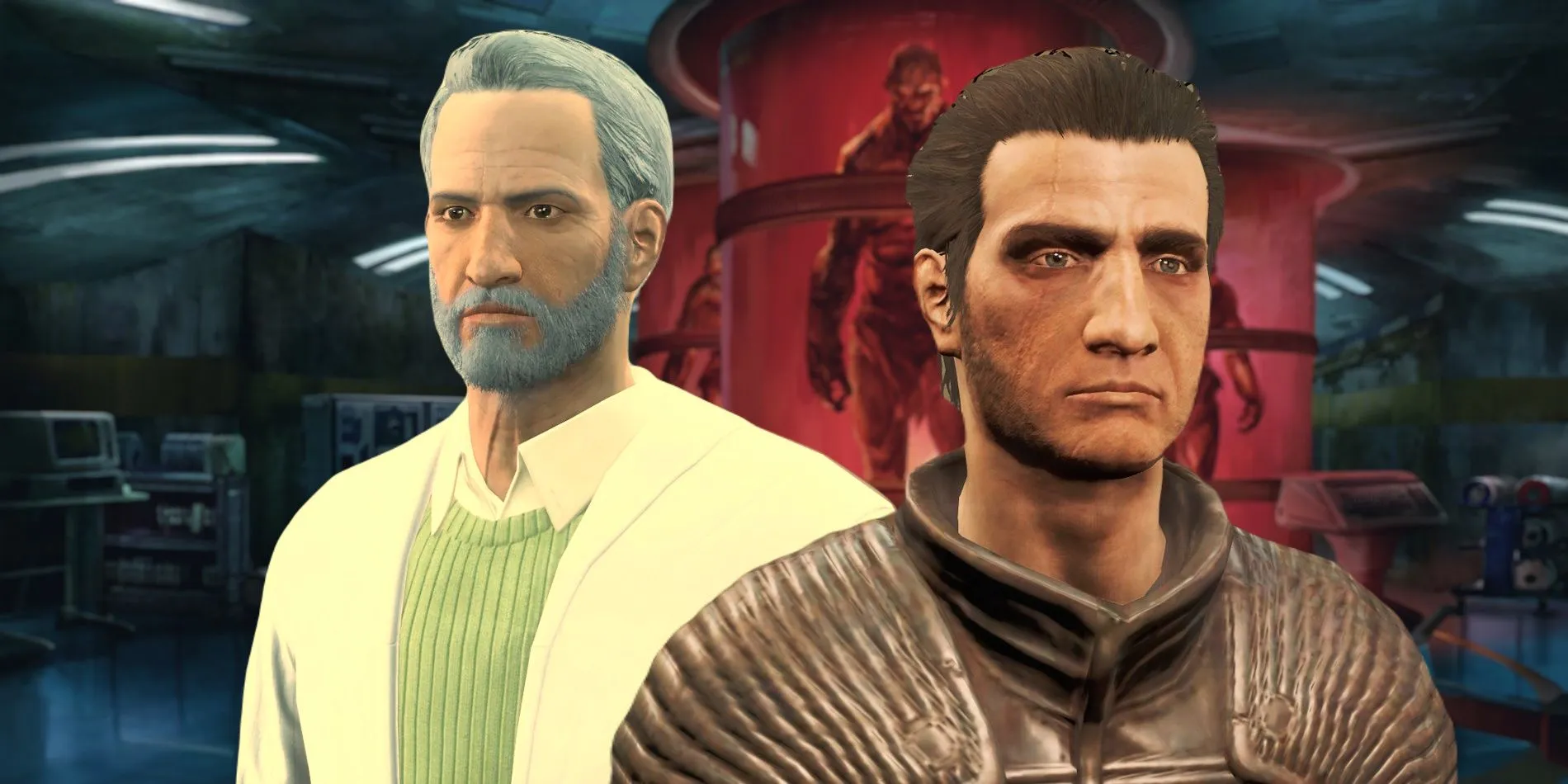
While the knowledge of these characters as informants doesn’t alter gameplay mechanics, their thematic weight is significant within Fallout 4’s overarching narrative.
The game poignantly addresses the paranoia stemming from an inability to identify one’s true enemy, alongside the societal tendency to marginalize those already disenfranchised—both exemplified by the fear surrounding the Institute’s synths.
The informants’ evident fear prompts them to conspire with a formidable adversary, blissfully unaware that the real threat lies within their own ranks. It also sheds light on the limited understanding players gain about many NPCs. The lack of detailed backgrounds for traveling merchants suggests they may harbor their own traumatic experiences involving synths, possibly motivating their cooperation with the Institute in the hunt for runaways.
